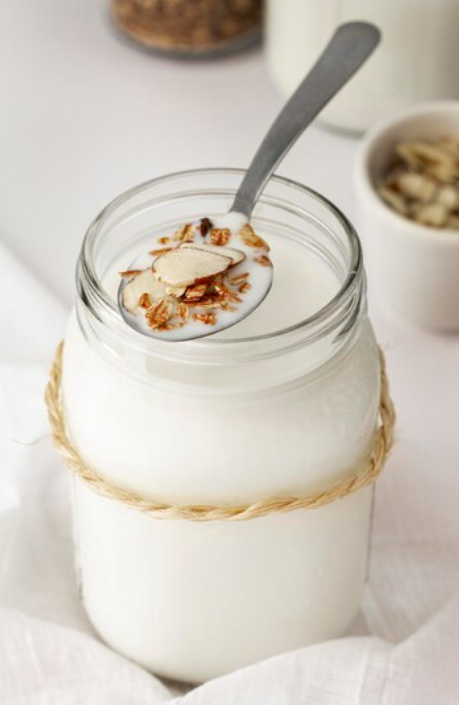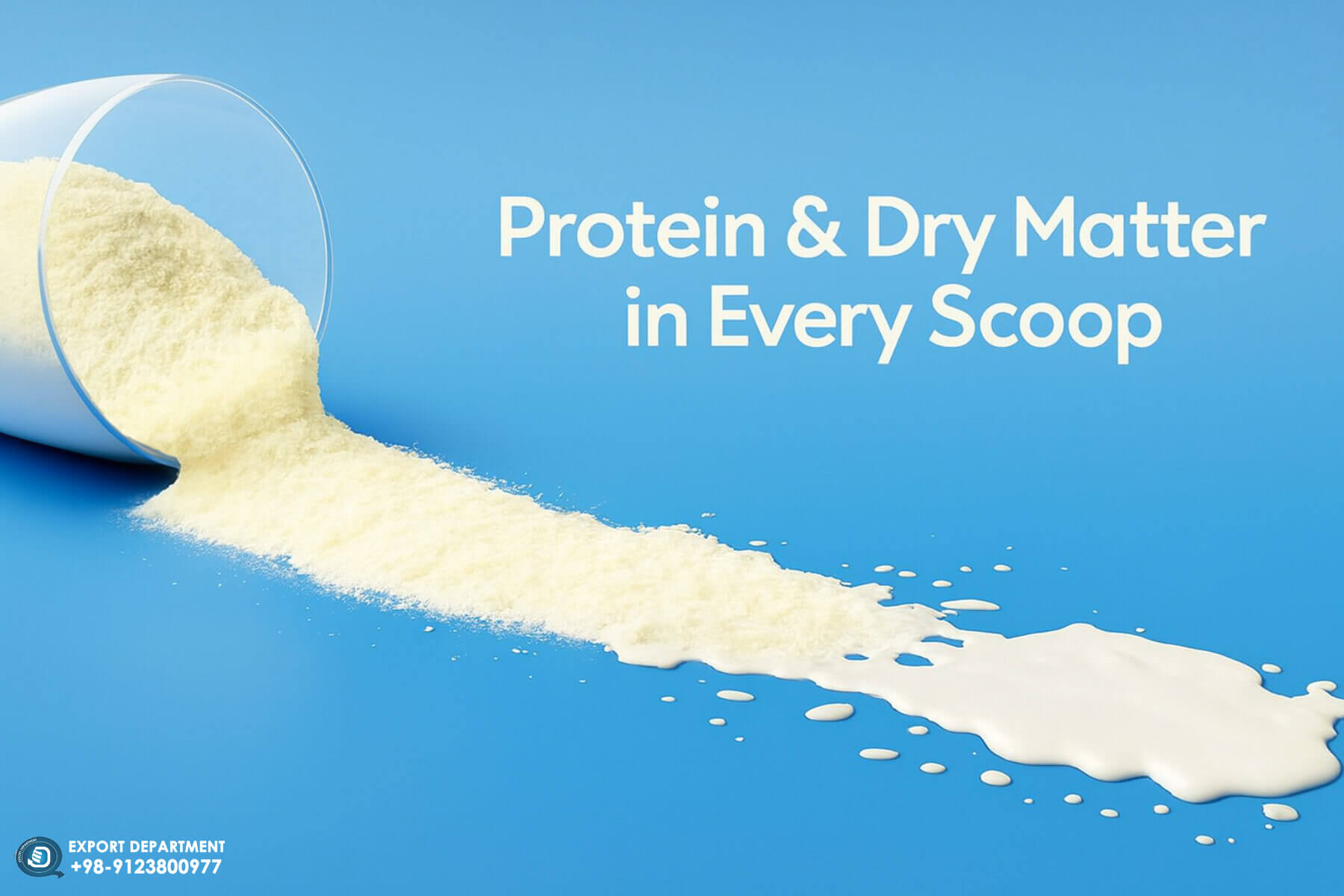Approaches to Control Yoghurt Syneresis
Yogurt syneresis is a common textural defect in fermented milk products that can be controlled. Also, the degree of denaturation of whey protein is the main factor affecting the syneresis and texture of yogurt
Syneresis (whey separation- separation of liquid from gel), is a common textural defect in fermented milk products that can be controlled. This term refers to the shrinkage of the gel that occurs with liquid expulsion or separation of whey due to the instability of the gel network. Yogurt is an important fermented milk product obtained from lactic fermentation of milk, and syneresis is a tissue defect in it. The rearrangement of the casein micelles network is the main factor of syneresis. When the “protein gel matrix” is disturbed, the interstitial areas between the casein micelles have a tendency to give up the free moisture or whey that has been trapped in that matrix. This results in free whey or a term we refer to as “wheying off”. Due to the shrinkage of the gel, water leaves the network, which leads to syneresis. The composition of the milk, the fermentation process, and the post-fermentation process all have a significant effect on the texture and whey of the yogurt.
Why is whey formed?
Normal yogurt is prepared by heating milk, cooling it, and then adding beneficial bacteria for fermentation. During the heating process, whey proteins are denatured and lose their natural state, and their water-binding capacity increases, so they easily aggregate with other milk proteins to make yogurt firmer. Then we rest the yogurt until it takes on a thick and firm texture. Over time, the whey trapped in the product becomes somewhat compressed, and the whey needs somewhere to go, so it moves to the outside or top of the yogurt container, forming a layer of liquid.

Symptoms affecting the separation of whey in yogurt:
Some of the possible reasons that lead to whey in acidic gels are high incubation temperature, the excessive ratio of whey protein to casein (casein-based yogurts are stiffer and less syneresis than whey-based yogurts), the presence of antibiotics, low dry matter and abuse of the product during processing, storage, and transportation.
Also, during the production of yogurt, various factors affect its texture and syneresis, such as composition, heat treatment, homogenization of lactic culture, incubation temperature, ph acidity, solid content, protein content, and Fat content (viscosity, firmness, and stability of yogurt increases with increasing protein and milk fat and increasing the ratio of casein to whey protein),...
Stabilizers:
To overcome these drawbacks, the most common approach is to use different stabilizers to interact with the casein network. Stabilizers not only help to prevent syneresis but also improve the texture of the yogurt by increasing its firmness. According to a systematic study, gelatin appears to be the best hydrocolloid (among xanthan gum, carrageenan, and modified starch) due to its ability to reduce syneresis, increase texture, viscosity, gel strength, and lubricating properties in nonfat yogurt. Starch is preferred in the yogurt industry because of its good thickening effect and its ability to significantly reduce whey in yogurt, regardless of the starch type. Stabilizers are important ingredients in the production of yogurt or other dairy products due to their ability to improve viscosity and reduce whey during storage.
Protein content:
The formation of coagulation and consequently the consistency/viscosity of the product is directly related to the level of protein present. Casein is more effective than whey proteins in this regard. Increasing the amount of protein increases gel strength and decreases syneresis. Greek yogurt, formulated to further eliminate syneresis, has a higher protein content.
Homogenization:
Homogenization affects the quality of the product, higher viscosity, and hardness are observed during homogenization after heat treatment.
Acidity:
Beyond protein content and the type of stabilizer used, whey separation is accelerated by a process called post-fermentation acidification. Enzymes produced by bacteria lower the pH. As the pH decreases, the gel shrinks, and as the gel shrinks, more whey is produced. Also, the type of slow or fast acidification process affects protein network formation and syneresis dissociation.
To contact the Chaltafarm dairy export department, refer to the contact section.
| FACTORS AFFECTING SYNERESIS IN YOGHURT: A REVIEW", Rekha Rani, Chetan Dharaiya, 2012" |
| A comprehensive review on yogurt syneresis: effect of processing conditions and added additives", Masoumeh Arab, Journal of Food Science and Technology, 2022 " |
| How to fix 5 common defects in yogurt processing | 2016-06-28 | Dairy Foods |
| #chaltafarm_dairy #Syneresis #whey_separation |



.jpg)


.jpg)